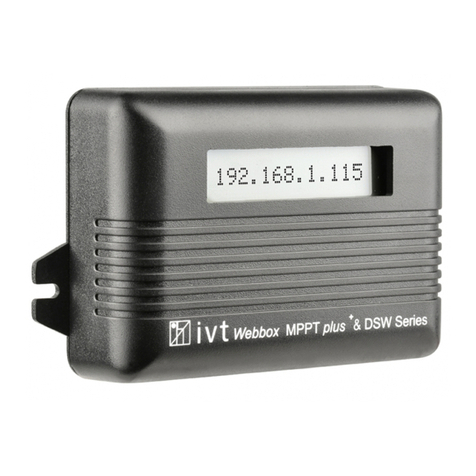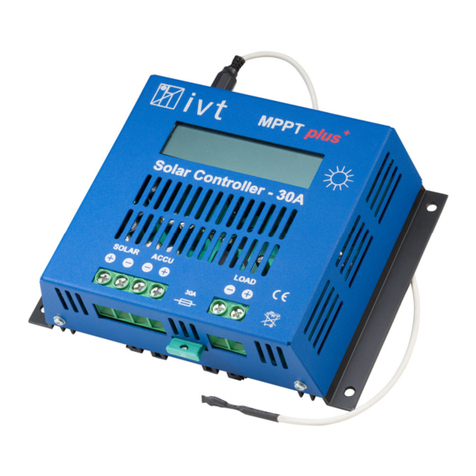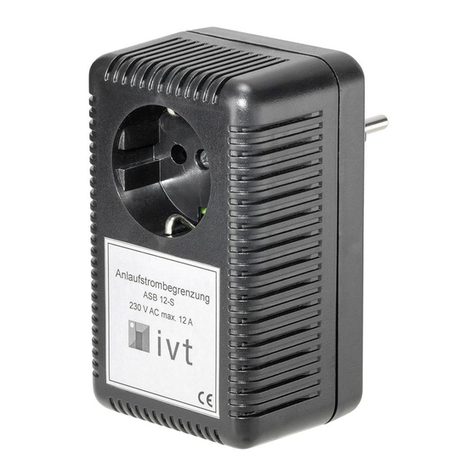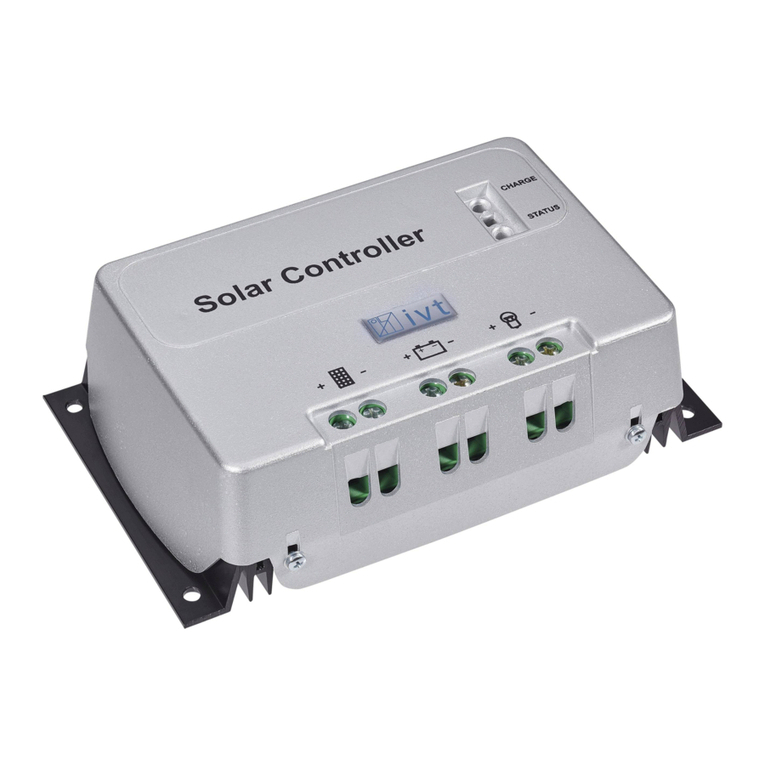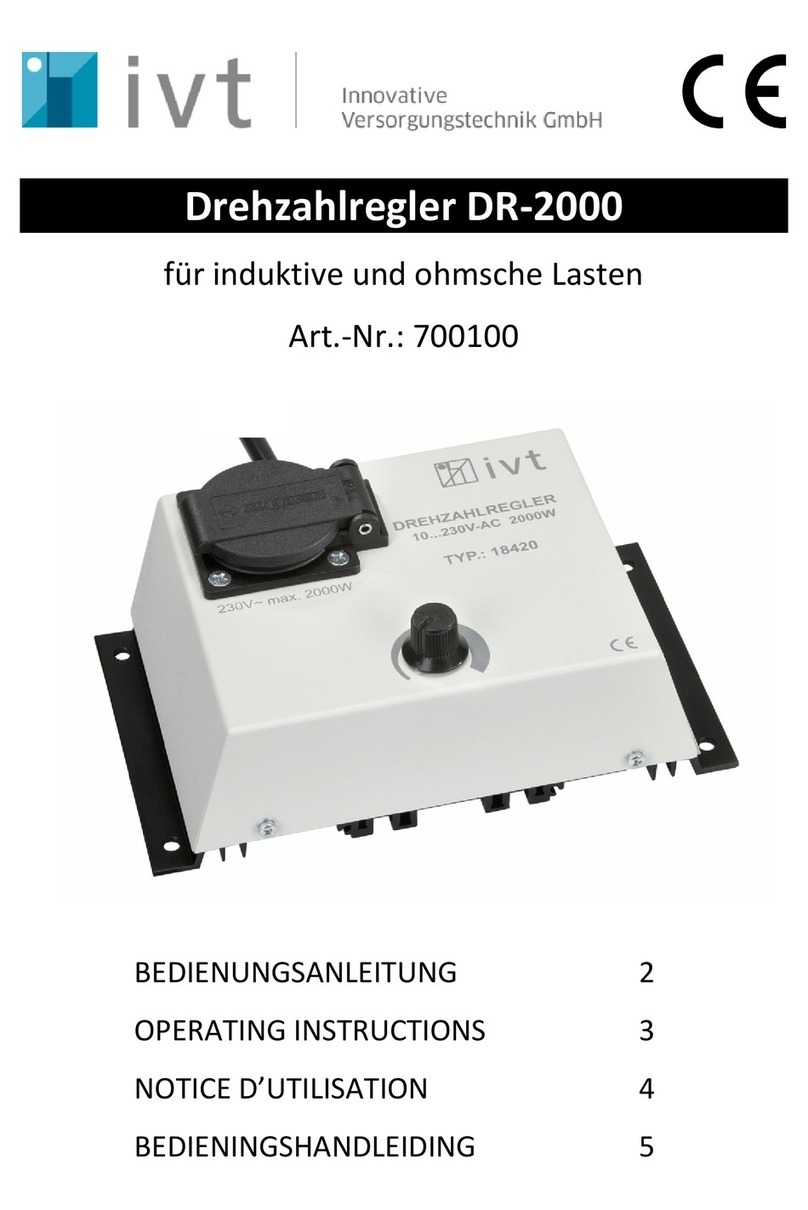
2
Sehr geehrte Kundin, sehr geehrter Kunde,
vielen Dank für Ihr entgegengebrachtes Vertrauen. Sie haben ein leistungsstarkes und zuverlässiges Produkt erworben, das Ihnen bei
sachgemä er Handhabung lange Zeit gute Dienste leisten wird.
Bitte lesen Sie diese Bedienungsanleitung sorgfältig und vollständig durch, bevor Sie das Gerät in Betrieb nehmen. Sie erhalten wichtige
Hinweise für einen sicheren Betrieb und für die Wartung des Gerätes.
Lieferumfang
Solar-Controller, Temperatursensor, Anschlussadapter für Spannungssensor, Bedienungsanleitung
Bestimmungsgemäße Verwendung
Die Solarregler der SCplus/SCDplus-Serie wurden zum Laden von Solar-Batterien (Blei-Säure, AGM, GEL) innerhalb eines
Solar-Inselsystems entwickelt. Der Solar-Controller ist auch für das Laden von Lithium-Eisenphosphat-Akkus (LiFePO
₄
) mit integriertem
BMS (Balancing Management System) geeignet.
Der Benutzer muss sicherstellen, dass das Gerät vor Feuchtigkeit und Nässe geschützt wird. Eine andere Verwendung als zuvor
beschrieben, führt zur Beschädigung dieses Produktes, darüber hinaus ist dies mit Gefahren, wie z.B. Kurzschluss, Brand, elektrischer
Schlag etc. verbunden.
Das gesamte Produkt darf nicht geändert bzw. umgebaut werden.
Sicherheitshinweise
Sehr geehrte Kundin, sehr geehrter Kunde,
die folgenden Sicherheits- und Gefahrenhinweise dienen nicht nur um Schut des Gerätes, sondern auch um Schut Ihrer
Gesundheit. Lesen Sie sich bitte die folgenden Punkte aufmerksam durch. Bei Sach- oder Personenschäden, die durch
unsachgemäße Handhabung oder Nichtbeachtung dieser Bedienungsanleitung b w. der hier aufgeführten Sicherheitshinweise
verursacht werden, erlischt die Gewährleistung/Garantie. Für Folgeschäden übernehmen wir keine Haftung!
Allgemein
•Aus Sicherheits- und Zulassungsgründen (CE) ist das eigenmächtige Umbauen und/oder Verändern des Produktes
nicht gestattet.
•Dieses Gerät gehört nicht in Kinderhände! Stellen Sie sicher, dass das Gerät zu jeder Zeit kindersicher betrieben
und gelagert wird.
•Wartungs-, Einstellungs- oder Reparaturarbeiten dürfen nur von einem Fachmann/Fachwerkstatt durchgeführt
werden. Zur Reparatur dürfen nur original Ersatzteile verwendet werden. Die Verwendung abweichender Ersatzteile
kann zu erheblichen Sach- und Personenschäden führen!
•Lassen Sie das Verpackungsmaterial nicht achtlos liegen. Dieses könnte für Kinder zu einem gefährlichen
Spielzeug werden!
•Gehen Sie vorsichtig mit dem Produkt um, durch Stö e, Schläge oder dem Fall aus bereits geringer Höhe wird es
beschädigt. Lassen Sie den Solarladeregler in diesem Fall vor Wiederinbetriebnahme von geschultem
Fachpersonal überprüfen.
•Wenn Sie Beschädigungen feststellen, so darf das Gerät nicht mehr betrieben werden. Bringen Sie es in eine
Fachwerkstatt oder entsorgen Sie es umweltgerecht.
Betrieb
•Das Produkt darf nur in trockener Umgebung betrieben werden. Es darf nicht feucht oder nass werden, andernfalls
besteht die Gefahr eines lebensgefährlichen elektrischen Schlages.
•Der Betrieb unter widrigen Umgebungsbedingungen ist unter allen Umständen zu vermeiden. Widrige
Umgebungsbedingungen sind: Umgebungstemperaturen über 50°C, brennbare Gase, Lösungsmittel, Dämpfe,
Staub, Luftfeuchtigkeit über 80% rel. Luftfeuchte, sowie Nässe.
•Das Gerät darf nicht in der Nähe von entzündlichen Materialien, offenem Feuer oder Gasen betrieben werden. Es
besteht Explosionsgefahr!
•Achten Sie auf ausreichende Belüftung während der Betriebsphase, decken Sie den Solarladeregler und die
angeschlossenen Geräte niemals ab.
•Schützen Sie den Solarladeregler vor elektromagnetischen Feldern sowie Erschütterungen und Vibrationen.
•Schützen Sie den Solarladeregler vor zu hohen Umgebungstemperaturen!
•Vermeiden Sie plötzliche Temperaturunterschiede! Dabei kann es im Solarladeregler zu Kondenswasser-Bildung
kommen! In diesem Fall muss der Solarladeregler vor Inbetriebnahme mindestens eine Stunde an einem gut
belüfteten Ort an die neue Umgebungstemperatur angepasst werden.






